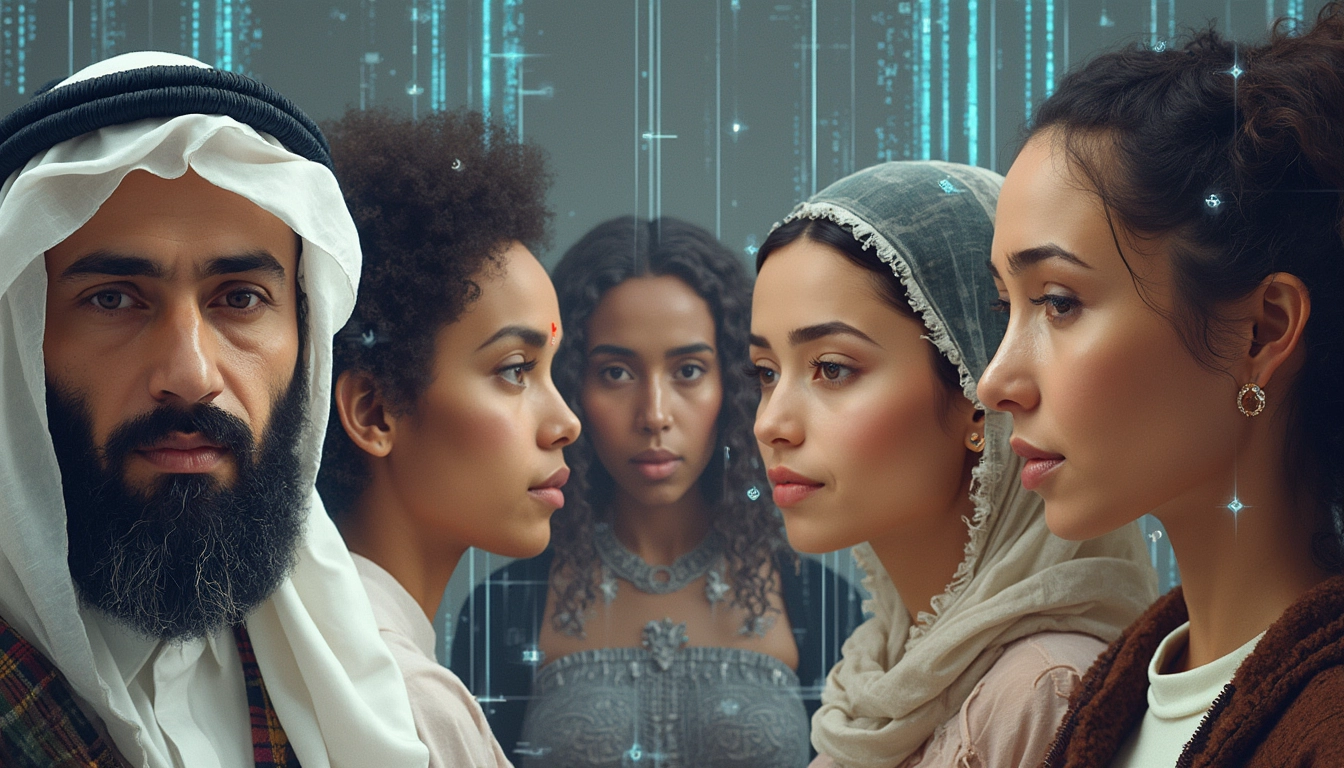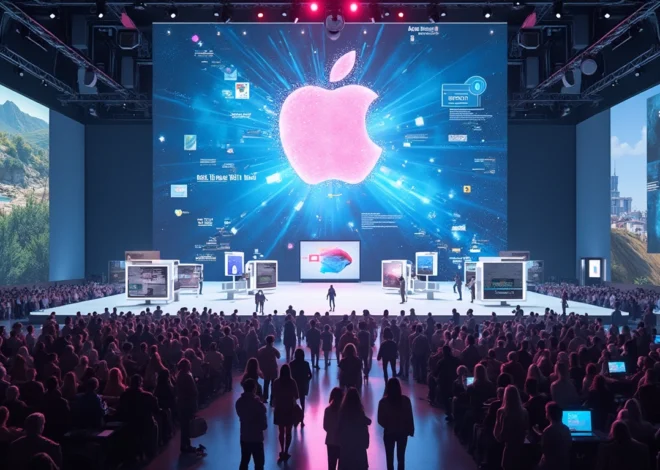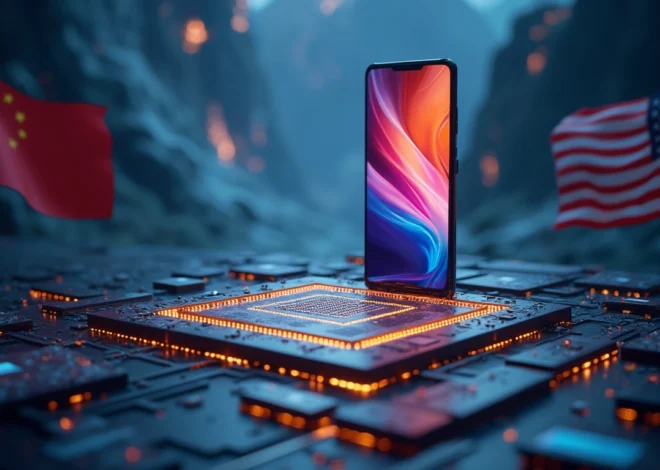
AI Generated Faces Show Concerning Biases in Gender and Racial Representation
AI-generated face technology, while revolutionary, continues to perpetuate concerning biases in gender representation and racial diversity. Recent studies have shown that popular text-to-image models like Stable Diffusion display significant prejudices, with over 20% of generated images reinforcing traditional gender stereotypes and contributing to racial homogenization.
Table of Contents
Key Takeaways:
- 21.6% of female and 37.8% of male AI-generated images contain full stereotypical representations
- AI models show bias in professional representation, with 75-100% male dominance in STEM fields
- Racial homogenization is prevalent, particularly in depicting Middle Eastern individuals
- Research indicates that non-inclusive AI faces can amplify existing human biases
- Solutions focus on giving users more control over diversity parameters in image generation
Understanding Gender Stereotypes in AI-Generated Images
The current state of AI-generated faces reveals troubling patterns in gender representation. AI content generation tools frequently associate women with domestic or appearance-focused roles like dressmakers, actors, and singers. Meanwhile, men dominate technical and scientific professions, with AI systems generating male-presenting images for 75-100% of STEM-related prompts.

Racial Representation and Homogenization
The issue of racial bias in AI-generated faces is equally concerning. Text-to-image models often default to stereotypical representations, particularly when generating images of Middle Eastern individuals. These systems consistently produce images showing Middle Eastern men with beards, brown skin, and traditional attire, reinforcing limiting stereotypes. AI safety and bias remain critical concerns in this technology.
Impact on Society and Professional Representation
The implications of these biases extend beyond digital spaces into real-world perceptions. Survey experiments cited in Nature have demonstrated that exposure to non-inclusive AI-generated faces can increase existing biases in viewers. This is particularly problematic in professional contexts, where stereotypical representations can limit diversity in various fields.
Solutions and Future Directions
Addressing these biases requires systematic changes in how AI models generate faces. Ethical AI development must prioritize inclusive representation. One practical solution involves implementing user controls for specifying desired distributions of race and gender in generated images. For those interested in exploring AI automation solutions, Latenode offers powerful tools that can help create more balanced and representative content.
Professional Field Representation
The disparity in professional representation is particularly stark in AI-generated images. Here are the key findings from recent studies:
- Engineering roles show 85% male representation
- Scientific professions display 92% male dominance
- IT expert portrayals are 89% male-centered
- Construction and transport roles show 95% male bias
The Path Forward
Creating more inclusive AI systems requires active intervention and thoughtful design choices. Technical solutions must be combined with social awareness to produce AI-generated faces that truly represent global diversity. This includes implementing better training data sets and developing more sophisticated algorithms that can generate faces without defaulting to stereotypical features or characteristics.


